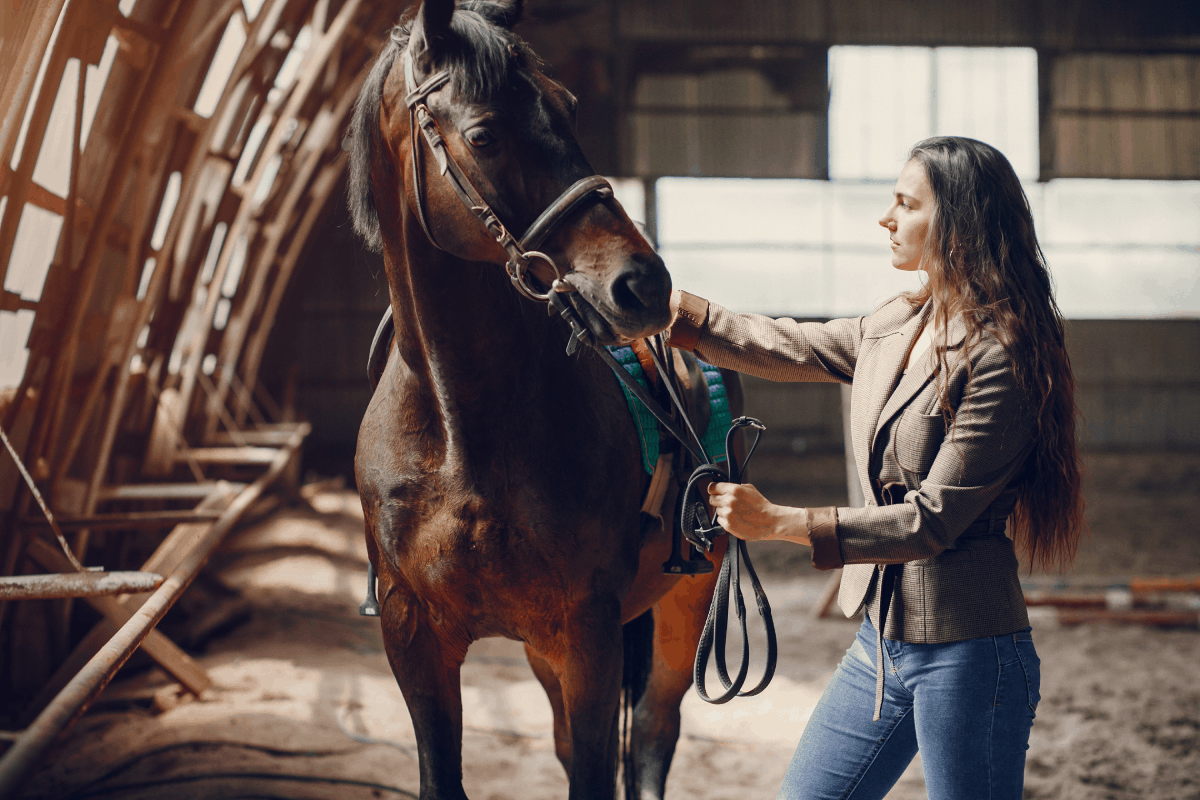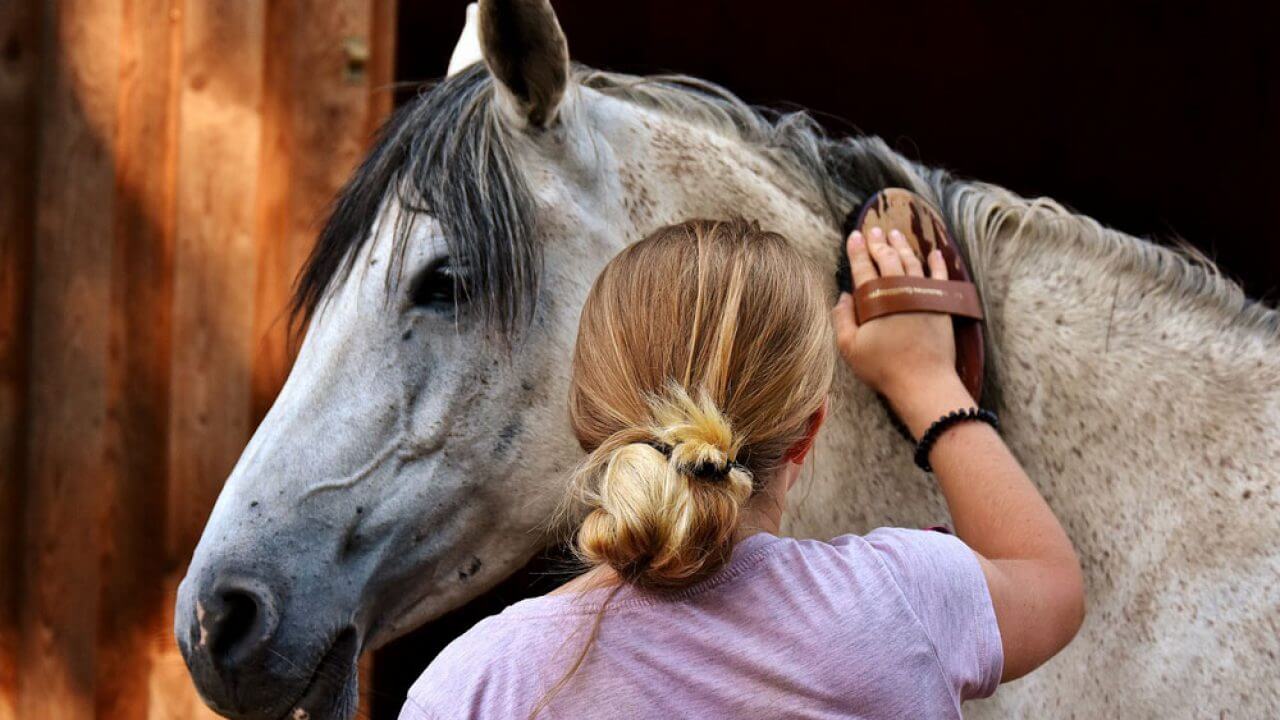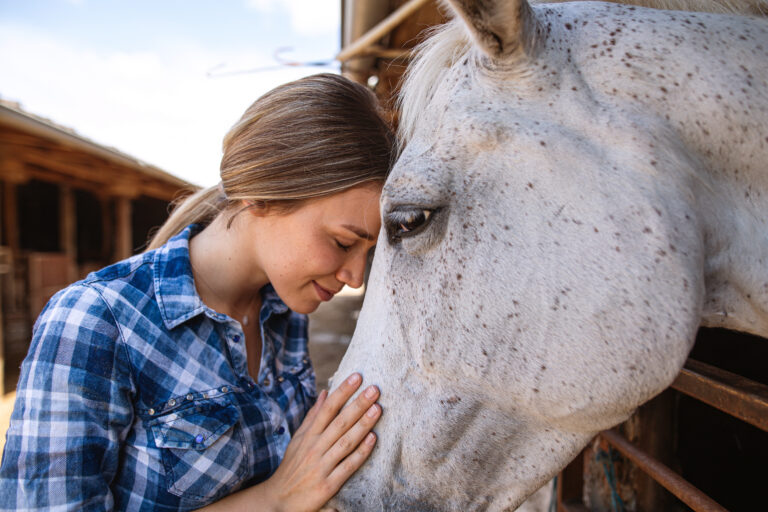Proper hoof care is crucial for the health and well-being of senior horses. As horses age, their hooves may require more frequent attention to prevent discomfort and maintain mobility. Establishing a consistent senior horse hoof trimming schedule can make a significant difference in their quality of life.
In this comprehensive guide, we’ll explore why a tailored hoof trimming schedule is essential for older horses, how often you should trim their hooves, and tips for maintaining hoof health. By the end, you’ll have a clear understanding of the best practices to keep your senior horse comfortable and active.

Why Hoof Care is Vital for Senior Horses
Hoof care is a fundamental aspect of overall horse health, particularly for senior horses. As horses age, they may experience changes in hoof shape, growth rate, and overall condition. These changes can lead to issues such as cracked hooves, overgrown hooves, and increased susceptibility to infections if not addressed promptly.
Regular hoof trimming can help mitigate these issues by maintaining optimal hoof shape and balance, reducing the risk of injury, and promoting better circulation. Additionally, it allows for early detection of any underlying health problems that may be affecting your horse’s hooves.
Determining the Ideal Trimming Frequency
The frequency of hoof trimming for senior horses depends on several factors, including their age, activity level, and individual hoof growth rate. On average, most senior horses benefit from hoof trimming every 4 to 6 weeks. However, some horses may require more frequent trims, while others may need less.
Consulting with a professional farrier is essential to determine the ideal schedule for your horse. A farrier can assess your horse’s hooves and provide personalized recommendations based on their specific needs. Regular check-ups with your farrier are also important to ensure that the trimming schedule remains appropriate as your horse ages.
Signs Your Horse Needs a Trim
Monitoring your horse’s hooves between appointments is crucial to identifying when they may need a trim. Signs that your horse may require a hoof trim include:
- Overgrown or uneven hooves
- Cracks or splits in the hoof wall
- Difficulty walking or an altered gait
- Foul odor or discharge from the hooves
If you notice any of these signs, it’s important to consult with your farrier promptly to prevent further complications.
Maintaining Hoof Health Between Trims
In addition to regular trimming, there are several steps you can take to maintain your senior horse’s hoof health between appointments. These include:
Regular Cleaning
Cleaning your horse’s hooves regularly helps prevent the buildup of dirt, debris, and moisture, which can lead to infections like thrush. Use a hoof pick to remove any debris, paying close attention to the area around the frog and the grooves.
Proper Nutrition
A balanced diet rich in essential nutrients is crucial for maintaining strong and healthy hooves. Ensure your horse’s diet includes adequate levels of biotin, zinc, and omega-3 fatty acids, which are known to support hoof health. You can find more tips on senior horse nutrition on our website.
Regular Exercise
Exercise plays a vital role in promoting healthy circulation, which is essential for hoof health. Ensure your senior horse gets enough exercise to keep their hooves in good condition. For more information on how much exercise is suitable, visit our exercise guide for older horses.
Appropriate Bedding
Choosing the right bedding for your senior horse can prevent hoof problems such as thrush and abscesses. Ensure the bedding is clean, dry, and provides adequate cushioning. Discover the best bedding options for senior horses on our site.
Common Hoof Problems in Senior Horses
Despite your best efforts, senior horses may still encounter hoof problems. Here are some of the most common issues and how to address them:
Thrush
Thrush is a bacterial infection that affects the frog and surrounding areas of the hoof. It is characterized by a foul odor and black discharge. Regular cleaning and keeping the hooves dry can help prevent thrush.
Cracks and Splits
Cracked or split hooves can result from dryness, poor nutrition, or improper trimming. Regular moisturizing and a balanced diet can help prevent these issues.
Laminitis
Laminitis is a painful condition that affects the sensitive tissues inside the hoof. It can be caused by obesity, poor diet, or hormonal imbalances. Early detection and management are crucial to preventing long-term damage.
The Role of a Professional Farrier
A professional farrier is an essential partner in maintaining your senior horse’s hoof health. In addition to providing regular trims, farriers can offer valuable advice on hoof care, recommend appropriate shoes if needed, and help address any hoof-related issues that may arise.
When selecting a farrier, look for someone with experience working with senior horses and a good reputation in the equestrian community. Building a strong working relationship with your farrier ensures that your horse receives the best care possible.
Conclusion
Establishing a consistent senior horse hoof trimming schedule is essential for maintaining your horse’s health and comfort. By understanding the unique needs of senior horses, consulting with a professional farrier, and implementing proper hoof care practices, you can help your horse lead a happy, active life.
For additional resources on caring for senior horses, including transportation tips, pasture management, and more, visit Blue Cross and Horse and Country.

FAQs
How often should I trim a senior horse’s hooves?
Most senior horses benefit from trimming every 4 to 6 weeks, but the frequency may vary based on individual needs. Consult with a professional farrier for personalized advice.
What are common signs of hoof problems in senior horses?
Common signs include overgrown or uneven hooves, cracks, splits, difficulty walking, and foul odor. Prompt attention from a farrier is recommended if these signs are observed.
Can diet affect a senior horse’s hoof health?
Yes, a balanced diet rich in biotin, zinc, and omega-3 fatty acids supports strong and healthy hooves. Ensure your horse’s diet meets their nutritional needs.
This article contains affiliate links. We may earn a commission at no extra cost to you.
